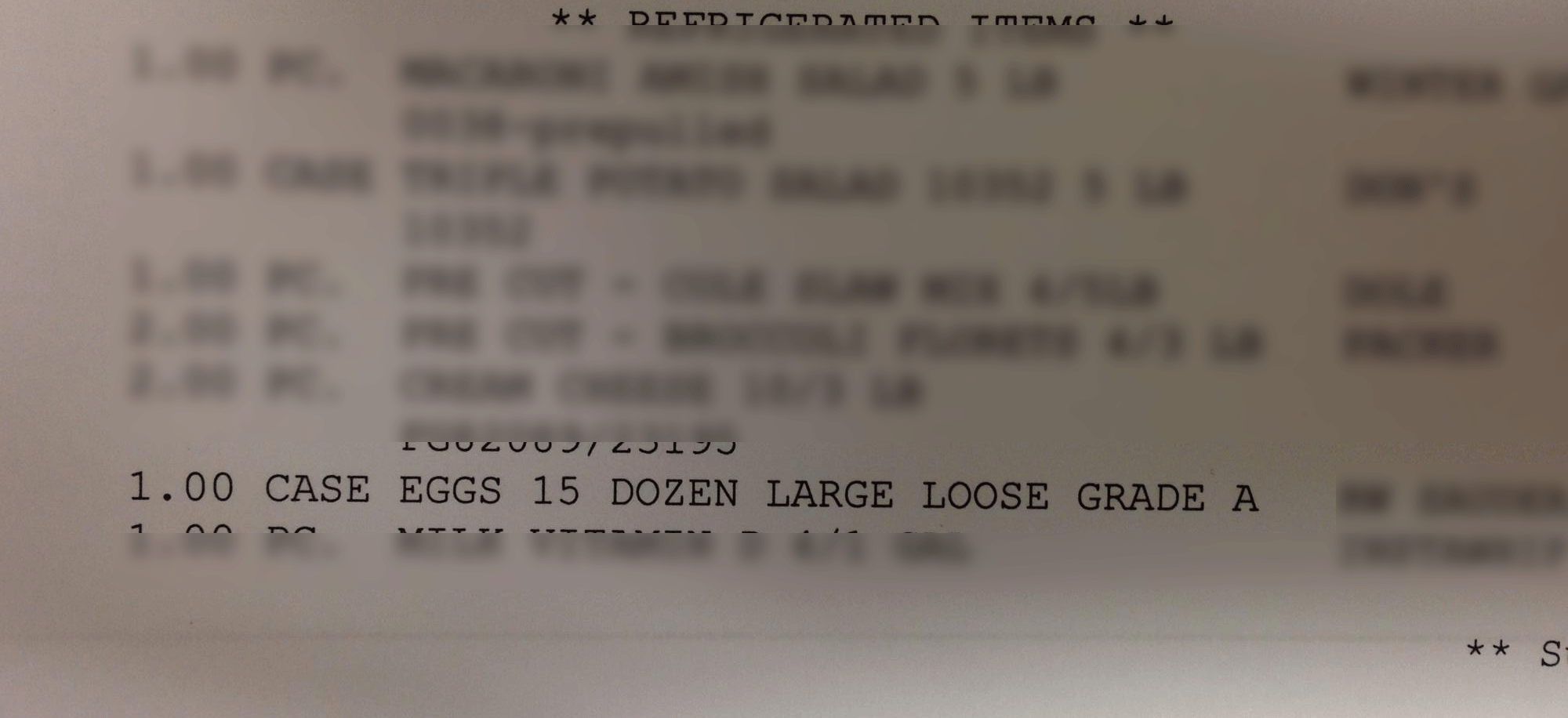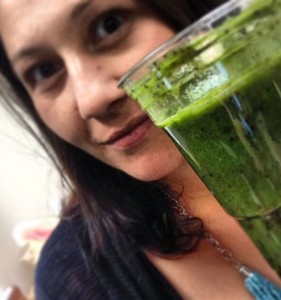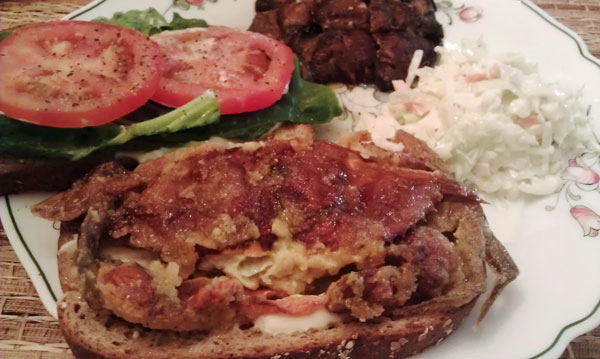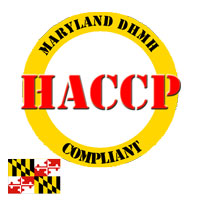
Maryland mandates HACCP plans for all food service facilities. Whether you’re a new operator or an experienced owner, you might see this requirement as bureaucratic red tape. However, when crafted properly, a HACCP plan can be a valuable asset for your facility.
With over 25 years of experience in writing HACCP plans for Maryland, I’ve developed a streamlined system that ensures your plan is not only comprehensive but also competitively priced and quickly approved by inspectors. If you haven’t updated your HACCP plan after significant menu or equipment changes, or if it’s over five years old, you may be at risk for violations.
Feel free to call me at 410-687-1015 or send mail to sue@suefarace.com with your current menu for a no-obligation quote!
Benefits of having a well written plan:
- Compliance with Regulations: It ensures that your food service facility meets state and local health regulations, reducing the risk of penalties or closures.
- Enhanced Food Safety: A well-developed HACCP plan helps identify and mitigate potential hazards in food preparation, improving overall food safety for customers.
- Operational Efficiency: By outlining clear procedures and protocols, a HACCP plan can streamline operations, making it easier for staff to follow food safety practices.
- Improved Inspection Outcomes: Facilities with comprehensive HACCP plans are often viewed more favorably by health inspectors, leading to quicker approvals and fewer violations.
- Reduced Liability: A solid HACCP plan can provide legal protection in case of foodborne illness claims by showing that you follow industry best practices.
- Adaptability to Menu Changes: Regularly updating your HACCP plan allows you to quickly adapt to new menu items or equipment, ensuring ongoing compliance and safety.
- Training and Accountability: It serves as a training tool for staff, fostering a culture of food safety and accountability within your team.

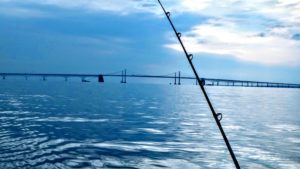 Raw sewage is flowing into our streams and rivers and eventually to the Chesapeake Bay. Where is this sewage coming from? A key source is an antiquated storm water and sewage system for Baltimore City. In 2002 the Maryland Department of the Environment (MDE) sued Baltimore City and an original consent degree to correct overflow of raw sewage was filed. There was a 2016 deadline for Baltimore City to correct existing problems. Although some progress was made, the deadline passed and there were still sever deficiencies. A modified decree was approved October 6, 2017 that extended the time allowed to correct problems. It is broken down in two Phases. First phase must be completed by 2021 and second phase by 2030.
Raw sewage is flowing into our streams and rivers and eventually to the Chesapeake Bay. Where is this sewage coming from? A key source is an antiquated storm water and sewage system for Baltimore City. In 2002 the Maryland Department of the Environment (MDE) sued Baltimore City and an original consent degree to correct overflow of raw sewage was filed. There was a 2016 deadline for Baltimore City to correct existing problems. Although some progress was made, the deadline passed and there were still sever deficiencies. A modified decree was approved October 6, 2017 that extended the time allowed to correct problems. It is broken down in two Phases. First phase must be completed by 2021 and second phase by 2030.